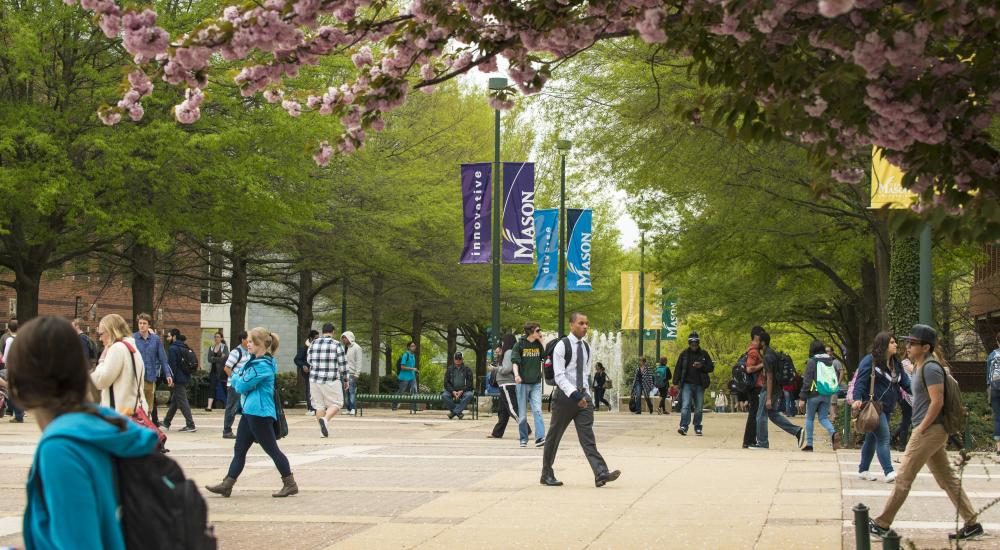Global Research Lessons from a Manor House

Harlaxton Manor is not exactly a typical global campus. Nestled in the rolling landscape of Lincolnshire, England, it is not at the nexus of a bustling urban center. In fact, it is hardly a campus at all—it is an Edwardian manor house that was originally run as a study abroad site by Stanford University and then acquired by the University of Evansville (UE) for similar purposes nearly a half-century ago. Today, it hosts study abroad programs for UE and other U.S. institutions.
“Think Downton Abbey or Hogwarts,” says Holly Carter, director of Harlaxton College programs at UE. Appearances aside, Harlaxton has become an unlikely hub of research, with lessons for research engagement on global campuses of all sorts.
“Others may have built a world-class facility to split atoms. We’ve got a room with some old pictures that’s fueling and igniting faculty members and young scholars,” Carter says. “We have multiple projects ongoing among different faculty members at different times.”
Lessons Learned
Though not every college or university has a manor house at its disposal, many institutions that are not R1 or R2 institutions remain committed to supporting global research within the context of their own international education activities. With the current landscape and an increasingly interconnected environment, they are capitalizing on their branch campuses and extensions to drive their global research efforts.
The number of branch campuses has more than tripled since 2000 and currently stands at about 250 worldwide, according to the Cross-Border Education Research Team (C-BERT). Like Harlaxton














